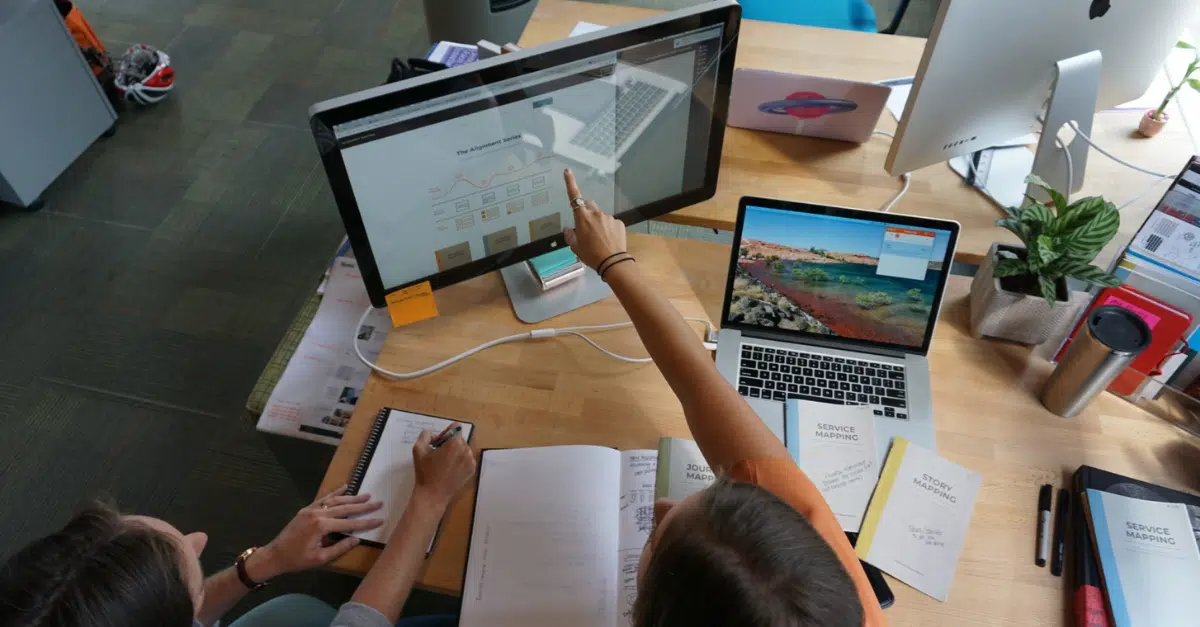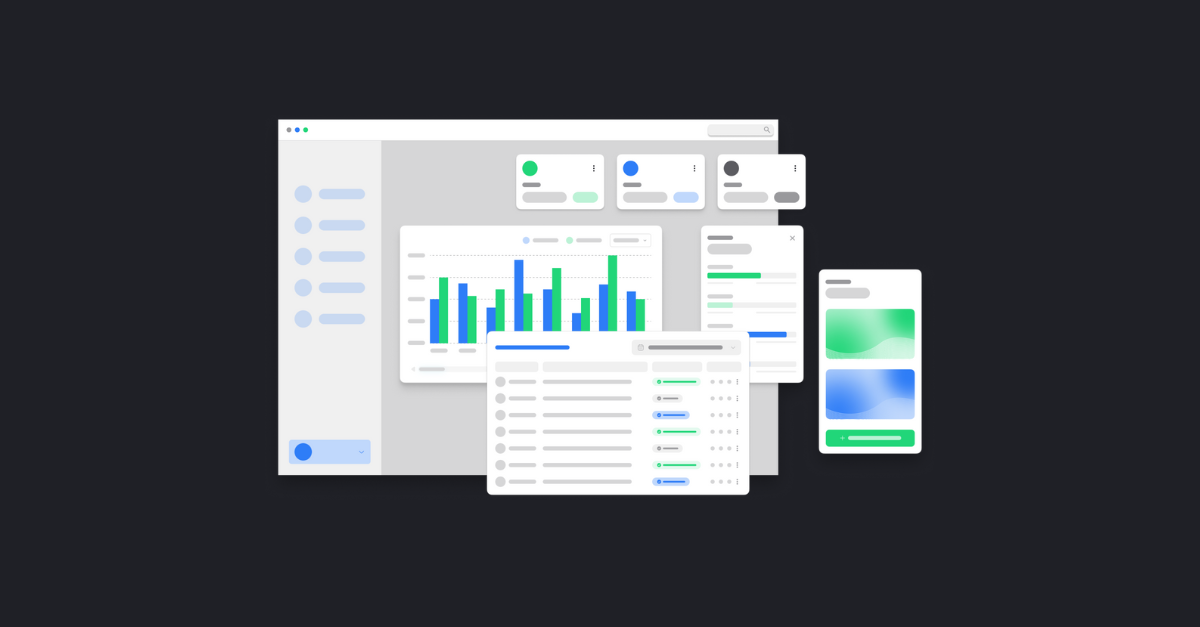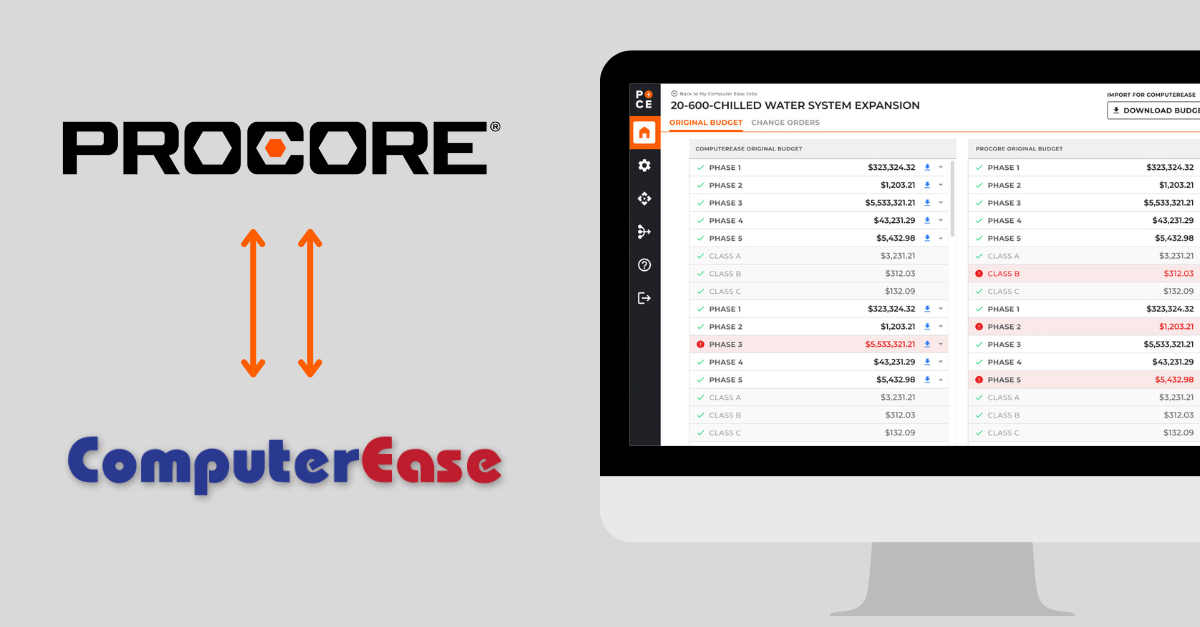When working with clients to create software products, every project involves “UX” and “UI design.” But many people new to software development aren’t familiar with these terms.
“UX” refers to user experience design while “UI” refers to the user interface design.
UI and UX design is often thought of as just making a product visually “look good.” But it’s more than that. Each discipline ensures the product meets users’ needs and provides a seamless experience.
Keep reading to understand the difference between UX and UI design and how they work closely together to make or break the success of a product.
 How Design Thinking Influences UX and UI Design
How Design Thinking Influences UX and UI Design
To understand the role that UX and UI play in software development, it’s helpful to first understand “design thinking.”
Design thinking is a human-centered approach to product development that focuses on meeting the real needs of a product’s users. It’s embraced by today’s biggest consumer tech companies.
The goal of design thinking is to develop tech products that are intuitive, easy-to-use, and that solve users’ problems. It’s what makes your products desirable to use, while also considering what is technologically feasible and economically viable for your business.

If that sounds like a formula for a successful business, it is. It’s why companies like Apple, Google, and Amazon are obsessed with design and have gathered millions of users.
But what about your business? Fortunately, design thinking is a creative framework that can be used for any size project, whether that’s a customer-facing app, a website, or a new digital workflow tool for your own operations.
While we embrace design thinking at SPARK, not all software development companies do. Our focus on UX and UI is a natural consequence of our embrace of design thinking. It’s part of our process that delivers products that delight your users.
Now let’s take a closer look at exactly what UX and UI are.
What is User Experience (UX) Design
UX design is the design of a user’s experience from their first interaction with a product to the end of their journey
UX starts with the user and the problem they’re trying to solve. This approach doesn’t start with designers or business leaders saying “I already KNOW what the user wants and I’m going to give it to them.” That mindset can lead to products that miss the mark or fail completely.
Instead, UX designers are curious and willing to listen. They start a project with research and analysis of the users’ emotions, needs, and behaviors–not visual design elements.
They gather this info through exercises like user interviews, journey mapping, and persona development. They might also observe users to understand where they get stuck or confused while using a product.
 Through research and deep understanding of the user, the designer determines how the product and its features should work to meet the needs and wants of the intended user. This allows UX designers to create the first product prototypes, such as rough schematic drawings or wireframes (below). Prototypes are also used to test and iterate on the product’s design based on user feedback.
Through research and deep understanding of the user, the designer determines how the product and its features should work to meet the needs and wants of the intended user. This allows UX designers to create the first product prototypes, such as rough schematic drawings or wireframes (below). Prototypes are also used to test and iterate on the product’s design based on user feedback.
Read more about what prototyping is in software development.
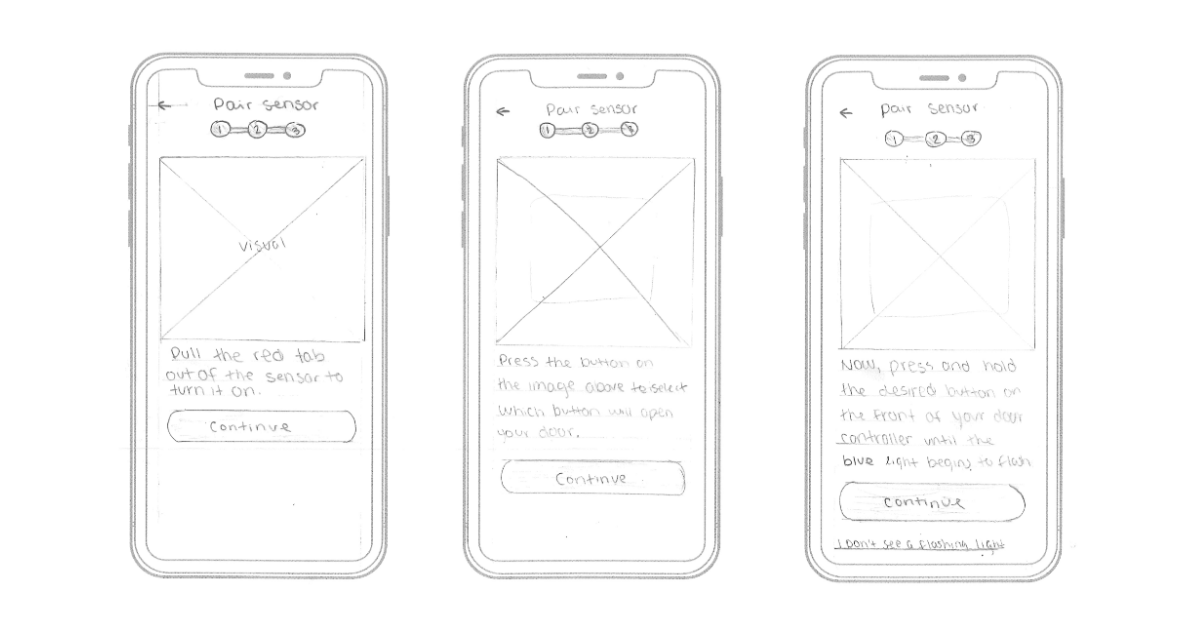
Then UX designers work with UI designers to add visual elements and complete the product design.
What is User Interface (UI) Design
User interface (UI) design refers to the product’s aesthetic. It includes the selection and design of visual elements like colors, fonts, spacing, text boldness, number of items on screen, icons, images, and more.
While a UX designer might design a wireframe or rough design of how a screen should look, the UI designer focuses on all the details of what the user sees, hears, and feels.
But UI design isn’t just about aesthetics.
Good UI enables users to intuitively know how to use the product through use of colors, text size and boldness, icons, white space, graphics, and more. These are visual clues to users that can tell them what to do next like clicking a button to get the information they need.
Bad design requires users to use a lot of mental effort to figure out what to do next. It can be a frustrating and confusing experience that, at worst, can cause a user to abandon the product altogether.
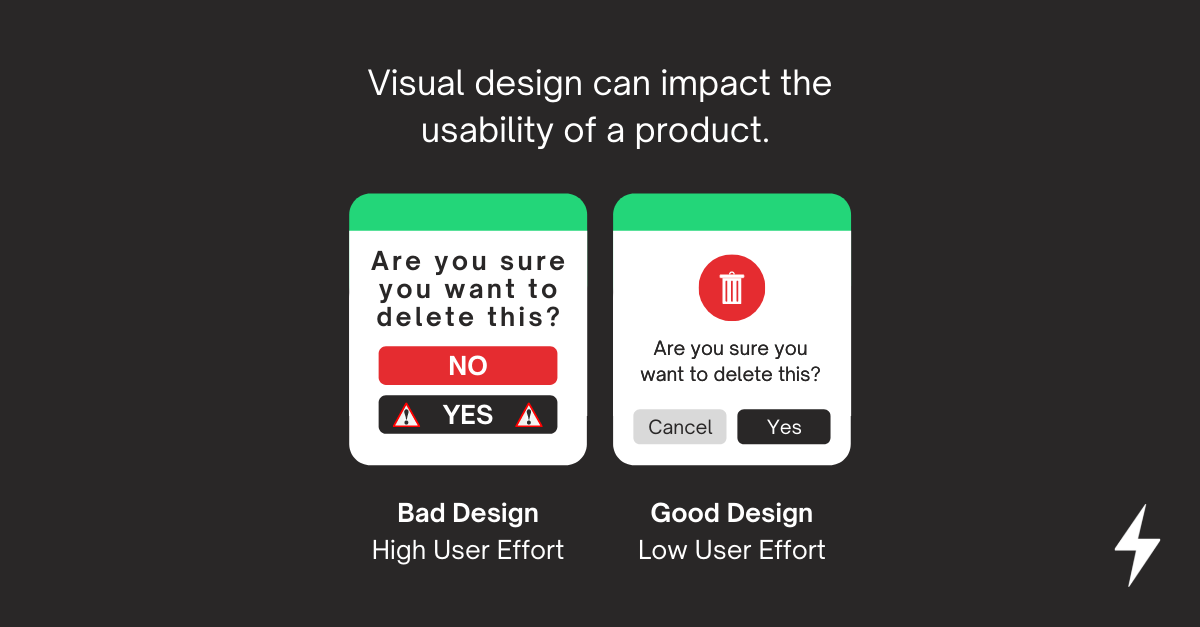
Beautifully designed and thoughtfully constructed interfaces delight users.
How UX and UI Work Together
UX and UI design depend on each other to create seamless experiences that elegantly solve users’ problems.
For example, UX design is like creating the structure or blueprints of a building, while UI is the painters that finalize the building for occupation.
Further, UI design in the absence of UX is not design, it’s simply decoration. It might look beautiful, but it will be useless for the user. See below.

Thinking about having a great idea for a new app or digital workflows. Let’s say UX gathers user research and maps out what features to have. You know your users are excited to use the product. But when users get their hands on it, the design is so awful they can’t figure out how to use it. Without a good UI, UX can be useless
Together, UX determines what the product should do and UI helps people use the product.
The result? Delighted customers who love using your product.
Ready to turn up the volume on the design of your own product? Click here to download SPARK’s Introduction to Our Design Process with case studies.
